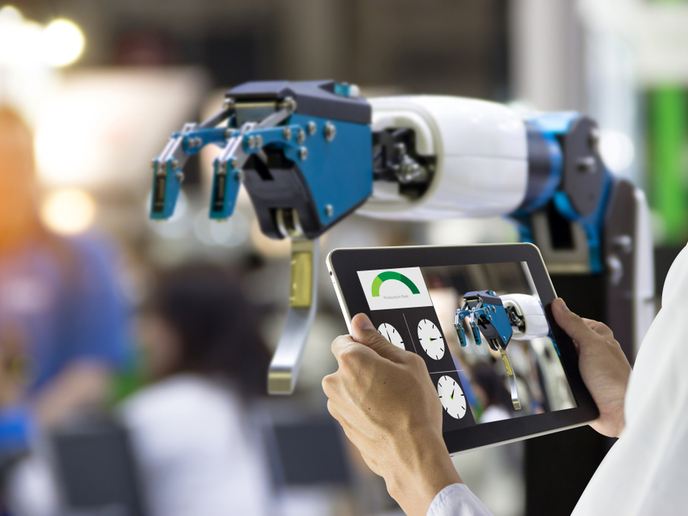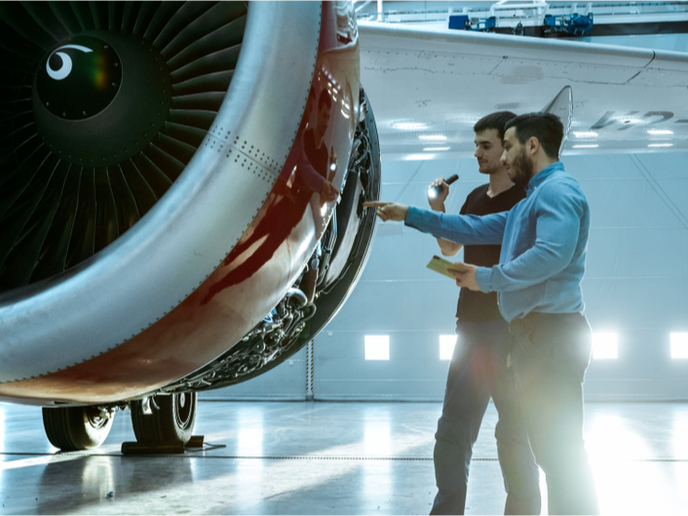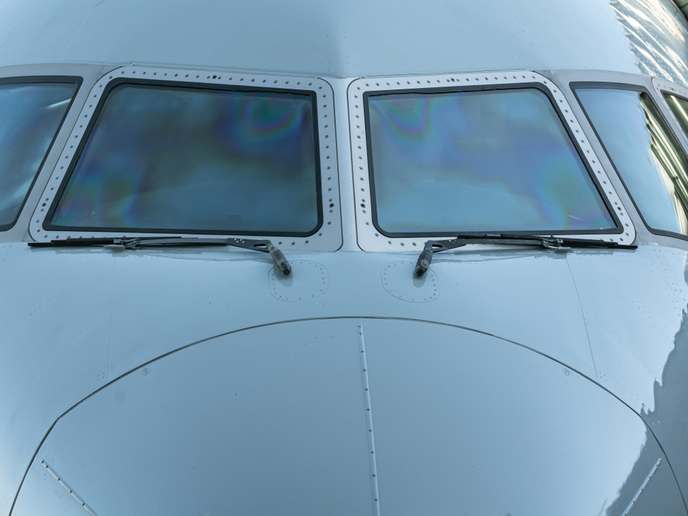Wings that change shape
Drag reduction enables reduced fuel consumption, corresponding to fewer emissions and less impact on global climate change. Modern high lift systems are quite complex, requiring reduced construction space due to long and narrow (high aspect ratio) wings. Scientists working on the EU-funded project 'Smart high lift devices for next generation wings' (SADE)(opens in new window) developed smart morphing lift devices. These allow the wing's shape to change, with electrical actuators that reduce energy consumption. In order to do so, they had to overcome the opposing constraints of efficient adaptability in structures designed for strength and stiffness. Researchers investigated several morphing lift technologies. The seamless smart leading edge device and the smart single slotted flap in combination with a conventional droop nose provided high lift. Their ability to change wing shape, also provided important aerodynamic benefits during cruising. The gapless, stepless droop nose concept was chosen for the wind tunnel (WT) experiment. The full-scale model morphing glass fibre-reinforced polymer skin was tested under varying wind speeds and angles representing take-off, cruise and landing. Results of the experimental tests were compared with predictions of a computational fluid dynamics model. Strain gauges, pressure tubes and an optical measurement of droop nose deflection were employed to evaluate performance. No structural damage to the stressed skins was detected after rigorous testing. Thus, the pioneering WT tests demonstrated the potential of smart morphing airframe technologies with large deformations of load-carrying structures in the absence of structural damage. The resulting reduced drag will enable greener air transport with improved cost efficiency to benefit both the aerospace industry and the environment.







